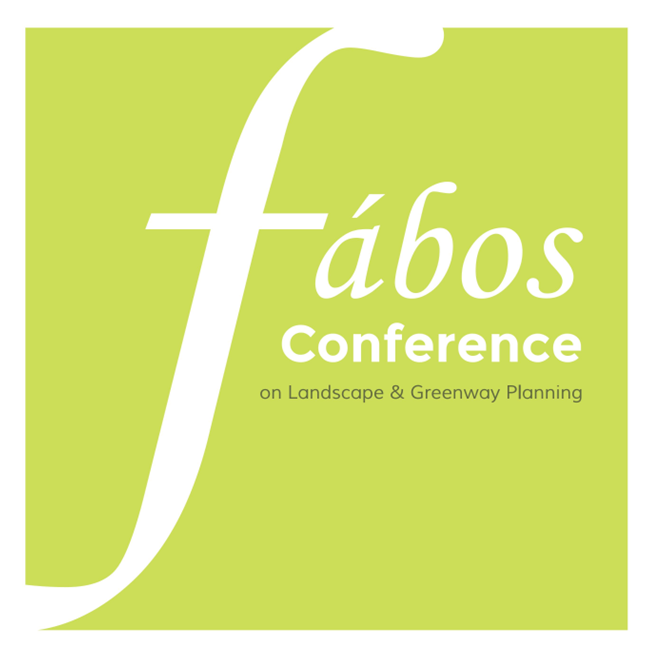Greenway Planning and Landscape Structure; Some Theoretical Backgrounds
- Martin van den Toorn (Delft University of Technology Holland, Faculty of Architecture)
- Albert Fekete (Szent Istvan Universit, Faculty of Landscape Architecture and Urbanism, Department of Garden Art and Garden Techniques)
Abstract
In this paper we will put forward some theoretical backgrounds on greenway planning as planning and design intervention in landscape architecture. In order to analyse the theoretical context of greenway planning, we first start with a short overview of terminology. In the next step we will investigate a number of case studies on how the principles of greenway planning have been applied and how it relates to other aspects of plan making in landscape architecture. The approach of greenway planning is very much based on linear systems and networks where 'structure' plays a key role. We will put special emphasis on the concept of 'structure' both in the existing landscape and as part of plan making. The goal of the paper is to show how greenway planning relates to land, landscape and landscape architecture. The research approach is based on the principles of case study research (Zeisel, 2006). A number of case studies will be analysed and related to texts and reflections.
Keywords: greenway, planning, landscape structure, theory
How to Cite:
van den Toorn, M. & Fekete, A., (2016) “Greenway Planning and Landscape Structure; Some Theoretical Backgrounds”, Fábos Conference on Landscape and Greenway Planning 5(1). doi: https://doi.org/10.7275/fabos.651
Downloads:
Download PDF
316 Views
99 Downloads
